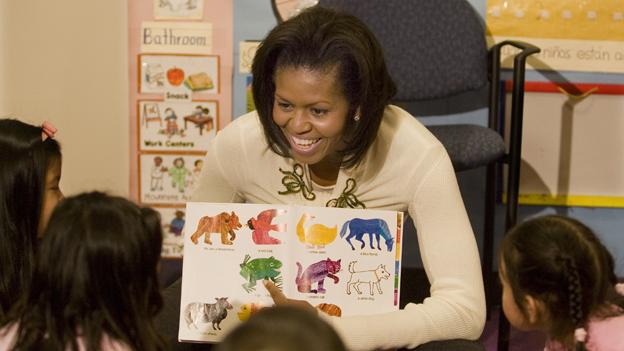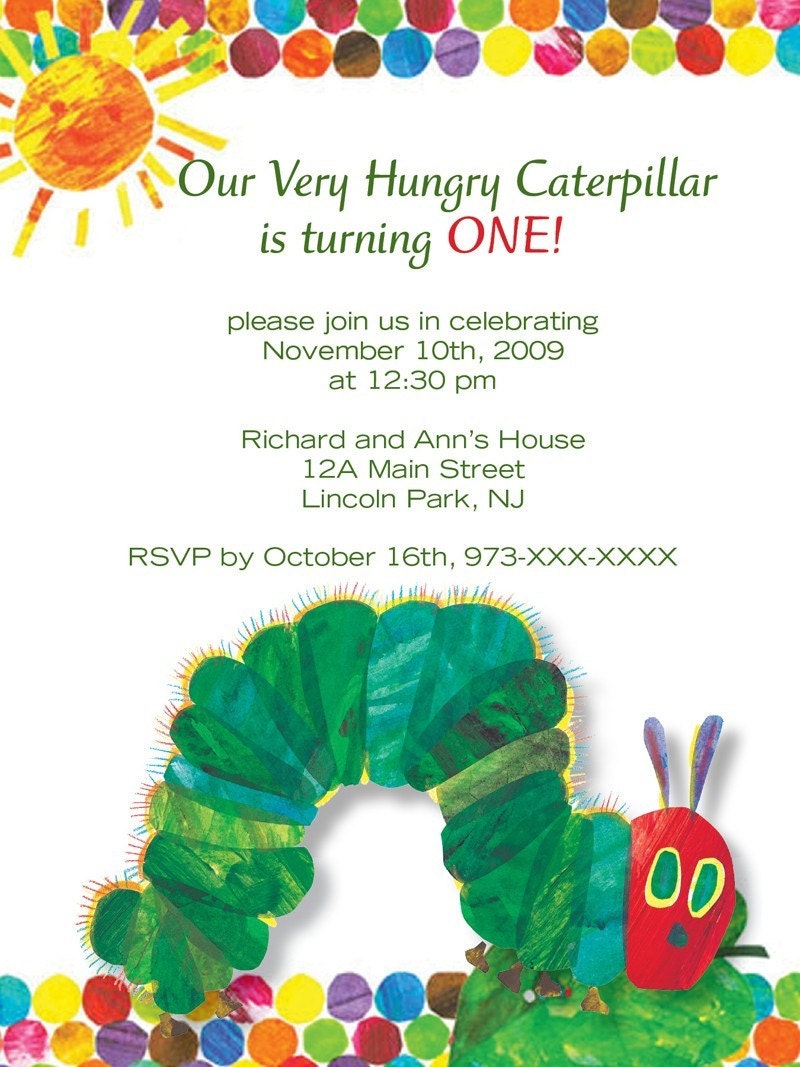Where The Wild Things Are

Author & Illustrator: Maurice Sendak
Published: 1963
Reading Level: Kindergarten and up
Genre: Children's fiction
Summary: Author Maurice Sendak offers a tale of suspense, action, and fun, with this story about a young boy named Max who wears a wolf suit to bed. Max has been naughty and is sent to bed without any dinner. The real adventure begins with the forest growing and creatures appearing as wild and free. Being wild with the wild things can be tiring, as Max discovers on his adventure. As things begin to happen in his room, creatures appear that are a cross between scary and funny.
Pre-Reading Activity: I would say this to my students, "I would all like you to close your eyes and picture yourself walking through the jungle. There are vines hanging, trees higher than you head, and sticks and stones all over the ground. Now picture coming face to face with some sort of animal that you have never seen before. It is 10 times the size of you. What would you do?" I would have them talk to their elbow partner about it and then have some share with the rest of the class
Post-Reading Activity: I love this worksheet idea:
I would also use the sheet above and have the students write about a dream that they have had.
I would also use the sheet above and have the students write about a dream that they have had.
Reflection: When first reading this book I was not a fan. It took me a couple of times and to be honest listening to the audio version helped. The children fell in love with the cd and we played it a lot and we would march around the classroom having our own "wild rumpus" party. There recently was a movie made of this book and I have to say the book is much better!
Author Maurice Sendak
Best known for his children’s books, WHERE THE WILD THINGS ARE and IN THE NIGHT KITCHEN, Maurice Sendak has spent the past fifty years bringing to life a world of fantasy and imagination. His unique vision is loved around the globe by both young and old. Beyond his award-winning work as a writer and illustrator of children’s books, Sendak has produced both operas and ballets for television and the stage.
Born in Brooklyn, New York, to Polish-Jewish immigrant parents, Sendak was a frail and sickly child. Spending much of his young life indoors, he turned to books at an early age. His view of the outside world was often limited to the family that came to visit him and the little that he could see from his window. It was during this time that he began to draw and to allow his imagination to run free. At age twelve, he went with his family to see Walt Disney’s FANTASIA. This animated world, constructed completely of invented characters and fantasy, had a great influence on him. (pbs.com)




 Found on pinterest.com
Found on pinterest.com  Found on pinterest.com Brown Bear I Spy
Found on pinterest.com Brown Bear I Spy
